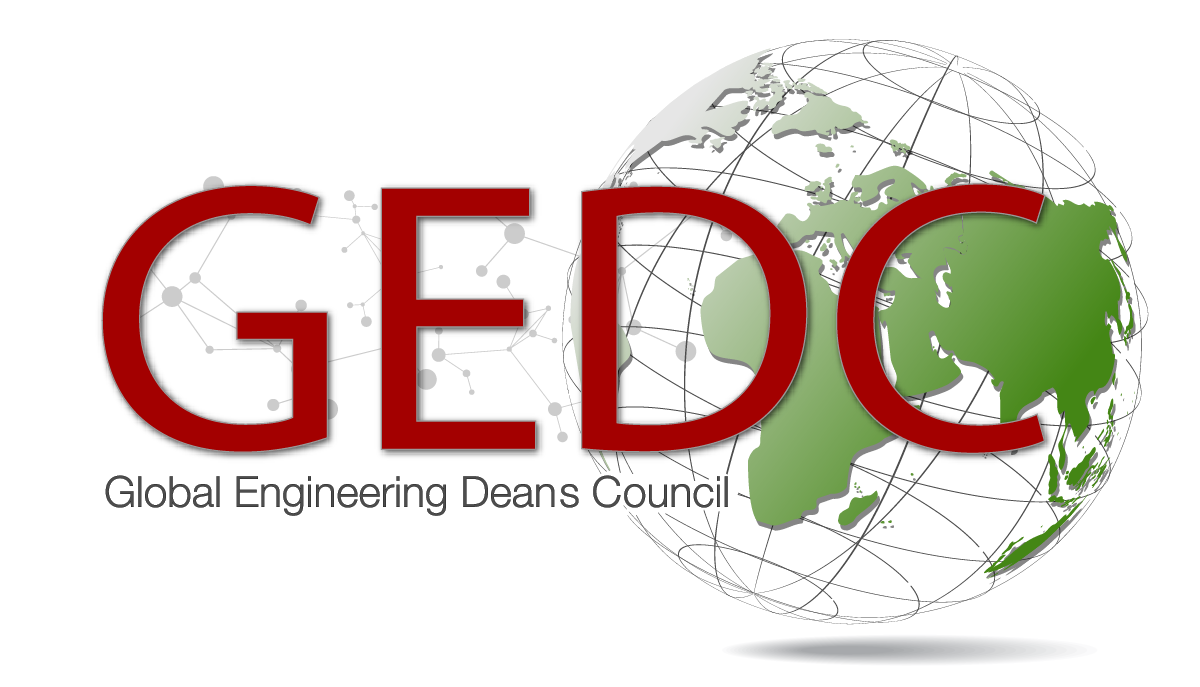Diversifying the Faculty
Hi GEDCers,
One of my enduring take-aways from the meeting in New Mexico was the briefing
by Airbus: CTO Gender Diversity Tiger Team. A simple way to understand the conclusions is that we need to have two or more "finalists" during a competitive search to reasonably expect an increase in faculty diversity over time. In addition, "Open Searches" are highly advised for increasing diversity.
Open searches are "easy" for me to authorize; most of my departments prefer open searches. Does anyone have concrete examples of how a college can perform the suggested approach of a large enough pool? For me, it is challenging to put a "must have 2 or more diverse finalists"
on searches.
Any guidance you can give will help.
Thanks!!!
Leo
There are some great strategies that can be used to increase the diversity of the pool of candidates. Starting with bias training for the search team is a best practice (there are some great materials that you can use). It’s a good idea to pay attention to the wording of the ad - instead of creating a long list of desired qualifications/experiences (when no one candidate is likely to have met all of them), you can use language such as “we are looking for candidates who are interested in...” This helps increase the diversity of applicants. Aside from posting the ad in standard venues, be sure to post it with organizations such as ASEE Minority in Engineering and Women in Engineering Divisions, WEPAN, GEM Consortia schools and other appropriate minority-serving organizations/listserves. Be sure your faculty and departments are working to create relationships with these organizations, as well. Lastly, reaching out to colleagues at institutions who work with post-docs, graduate students, etc., and asking them to forward to possible applicants increases the likelihood of getting a more diverse pool. When reviewing applicants, be sure to have a list of criteria that match the ad and make sure that committee members are evaluating applicants against the criteria (versus whether or not they “like” them, what schools they attended, who their advisor was, etc.) to avoid bias. It also helps if committee members have ample time to review applicants. Lastly, instead of thinking about which applicants they want to put on the short list, it helps to think about which applicants should they remove from consideration. My engineering faculty is 71% women. These strategies work!
Thanks - Jenna Carpenter
Dear Colleagues,
At the request of Dr. Hans Hoyer, please find attached a description of our process, which has accelerated the frequency of diverse hires in the Faculty of Engineering at McMaster University.
Regards,
Ishwar K. Puri
Dean and Professor, Faculty of Engineering
McMaster University, Hamilton, Ontario, Canada
Blog • Twitter • LinkedIn
Dear Colleagues,
Ishwar - thank you for sharing your procedure - very helpful!
This is a timely discussion - I've been running an 'experiment' and have some early data.
Yesterday we welcomed 5 new academics to Monash Engineering. 80% female. Overall, 2/3 of the hires in the past year have been female. This is a big reversal of our previous statistics at Monash and was an outcome of a broad search which did *not* include any requirements to hire women or women only positions. Here is what has changed:
1) Require that search committees actually *search*. For every position require that the committee's short list (interview list) includes 2 highly appointable women. This requires committees to be diligent in thinking about and looking for qualified women.
2) Ensured recruitment materials are not pushing away female candidates. See "Gendered words in Job Advertisements" white paper located here:
https://www.sfu.ca/wwest/resources/White-Papers.html
3) Required that everyone in our workplace, especially those on the search committees, has had unconscious bias training. See https://www.sfu.ca/wwest/resources/White-Papers.htm for more information on unconscious bias, stereotype threat, and bias busting strategies for institutions.
As a result of this approach, there is clear appreciation in the faculty that the selected academics were clearly the best choice and colleagues are excited to have them join. No-one argued that they got the position because of their gender (which is the backlash danger with women-only appointments).
Cheers
Elizabeth

